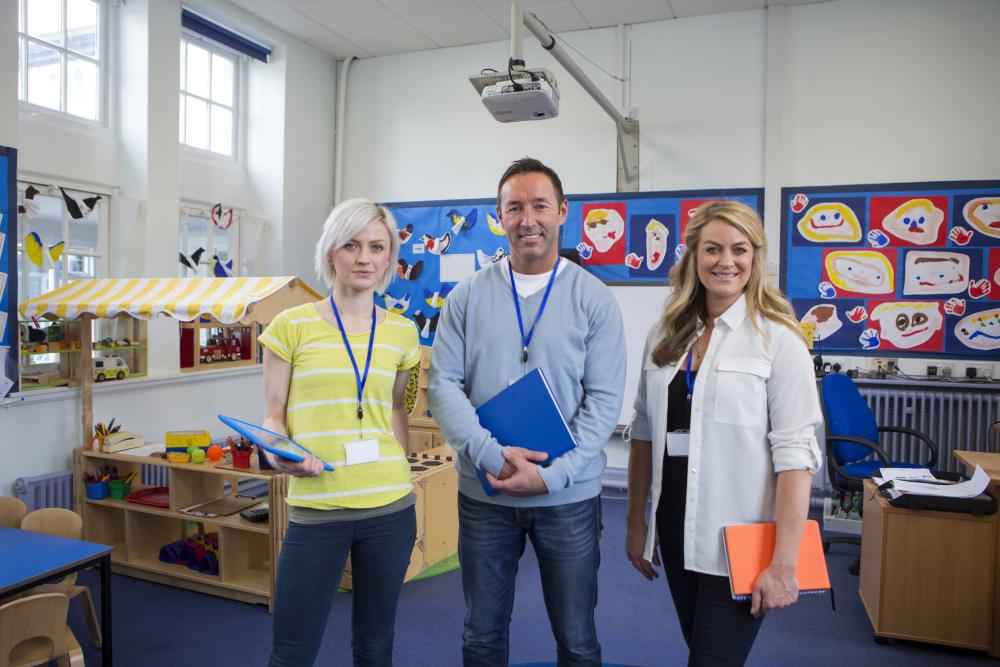Every classroom is a mosaic of experiences, perspectives, and abilities. Inclusive teaching recognizes that every student learns differently and that these differences should be embraced, not overlooked. When teachers create an environment where each learner feels valued and supported, it transforms the learning experience for everyone.
Inclusive teaching goes beyond accommodating students with special needs. It means shaping lessons, materials, and interactions that honor diversity in all its forms, cultural, linguistic, social, and cognitive. This approach helps students feel seen and understood, which often leads to better academic performance and stronger engagement. Let us elaborate on how teachers can bring out the best in the students with inclusive learning tactics.
1. Recognize and Celebrate Diversity in the Classroom
No two students are the same. Each brings unique strengths, challenges, and stories that shape how they learn. Recognizing and celebrating this diversity is the first step toward inclusive teaching. It’s not enough to simply acknowledge differences; teachers should actively incorporate them into lessons and discussions.
You can ensure that by learning about students’ cultural backgrounds, interests, and learning preferences. When students share who they are, it builds mutual respect and helps teachers connect lessons to real-life experiences. Something as simple as including cultural references in examples or celebrating international holidays can make a classroom feel more inclusive.
2. Pursue Specialized Training to Better Support All Learners
Even the most caring teachers benefit from deepening their understanding of inclusive strategies. Specialized training equips educators to support students with a wide range of learning needs, such as understanding sensory differences, learning disabilities, or social-emotional challenges.
Professional development can open the door to new teaching methods that improve engagement for all students. Workshops, online courses, and certifications provide valuable tools that teachers can apply directly in the classroom. If you’re passionate about helping every student succeed, an online special education degree can help turn that passion into meaningful action. This type of program not only builds practical knowledge but also strengthens an educator’s ability to advocate for equity in learning environments.
3. Design Flexible Lesson Plans That Adapt to Student Needs
Inclusive teaching thrives on flexibility. Every student absorbs information differently, so rigid lesson plans can unintentionally exclude certain learners. Designing adaptable lessons allows teachers to meet students where they are.
It might mean offering different types of assignments or using varied teaching methods like visuals, discussions, and hands-on activities. For instance, some students may learn best through reading, while others thrive through collaboration or interactive tools. Flexibility ensures that every student has a fair chance to succeed, regardless of learning style or background.
4. Create an Environment of Respect and Belonging
Students learn best when they feel safe, respected, and valued. A classroom grounded in mutual respect allows every learner to participate confidently without fear of judgment.
Teachers can build this environment by modeling empathy and patience. Establishing clear expectations for kindness and inclusion sets the tone early on. Even small gestures, like listening attentively or recognizing effort, show students that their voices matter. When teachers foster this sense of belonging, they help students grow into confident, compassionate individuals.
5. Use Culturally Responsive Teaching Materials
Representation matters deeply in education. When students see themselves reflected in the stories, images, and examples used in class, they develop a stronger connection to learning.
Culturally responsive teaching means using materials that reflect a variety of experiences and perspectives. It might include diverse authors, global case studies, or discussions about how different cultures approach common themes. Such inclusivity helps broaden students’ worldviews and fosters appreciation for differences.
6. Encourage Collaboration and Peer Learning
Inclusive teaching flourishes when students learn with and from each other. Collaboration helps bridge gaps between abilities, backgrounds, and learning styles. It creates opportunities for students to share strengths and support one another in ways that go beyond academic growth.
Teachers can promote collaboration through structured group work, peer mentoring, or shared projects that value every contribution. When planning group activities, it’s helpful to create teams that mix different skill levels and perspectives. It ensures that each student brings something unique to the table.
7. Incorporate Accessible Technology and Resources
Technology has opened new doors for inclusion, helping educators tailor learning experiences to meet a range of needs. Digital tools can make content more accessible and interactive for students who may struggle with traditional methods.
Simple tools, like captioned videos or voice-to-text software, can make a major difference for students with hearing, visual, or learning challenges. Interactive whiteboards, digital quizzes, and adaptive learning platforms can also help students engage at their own pace. Accessible technology reminds educators that inclusion is about removing barriers, not lowering expectations. It’s about giving students the support they need to reach their full potential.
8. Reflect and Seek Feedback to Grow as an Inclusive Educator
No teacher has all the answers, and that’s what makes teaching both challenging and rewarding. Reflection is one of the most powerful habits for improving inclusivity in the classroom. Taking time to think about what’s working and what isn’t, helps educators make meaningful adjustments.
Teachers can keep a short reflective journal after lessons, noting which activities encouraged participation and which might need rethinking. Another approach is to ask students directly for feedback. Simple questions like “What helped you learn best this week?” can offer valuable insight.
Inclusive teaching is a mindset grounded in empathy, fairness, and curiosity.
When educators commit to inclusion, they help every student understand that their voice matters and their potential is limitless. Small, consistent actions can make a lasting impact. It might start with adjusting a lesson plan, adding diverse materials, or learning a new way to support students with different needs. Each step brings the classroom closer to becoming a place where everyone feels respected and empowered to learn.
Inclusive classrooms nurture compassion, resilience, and understanding, qualities that shape how students engage with the world long after they leave school. What makes inclusive learning important that it can change the lives of students, in a way that conventional teaching might not.
Need help making better career decisions?
Snag a free workbook and get inspiration on all the ways to love your life even more.
>>Read more Career Advice from a Life Coach that’s Reinvented Herself Multiple Times<<









